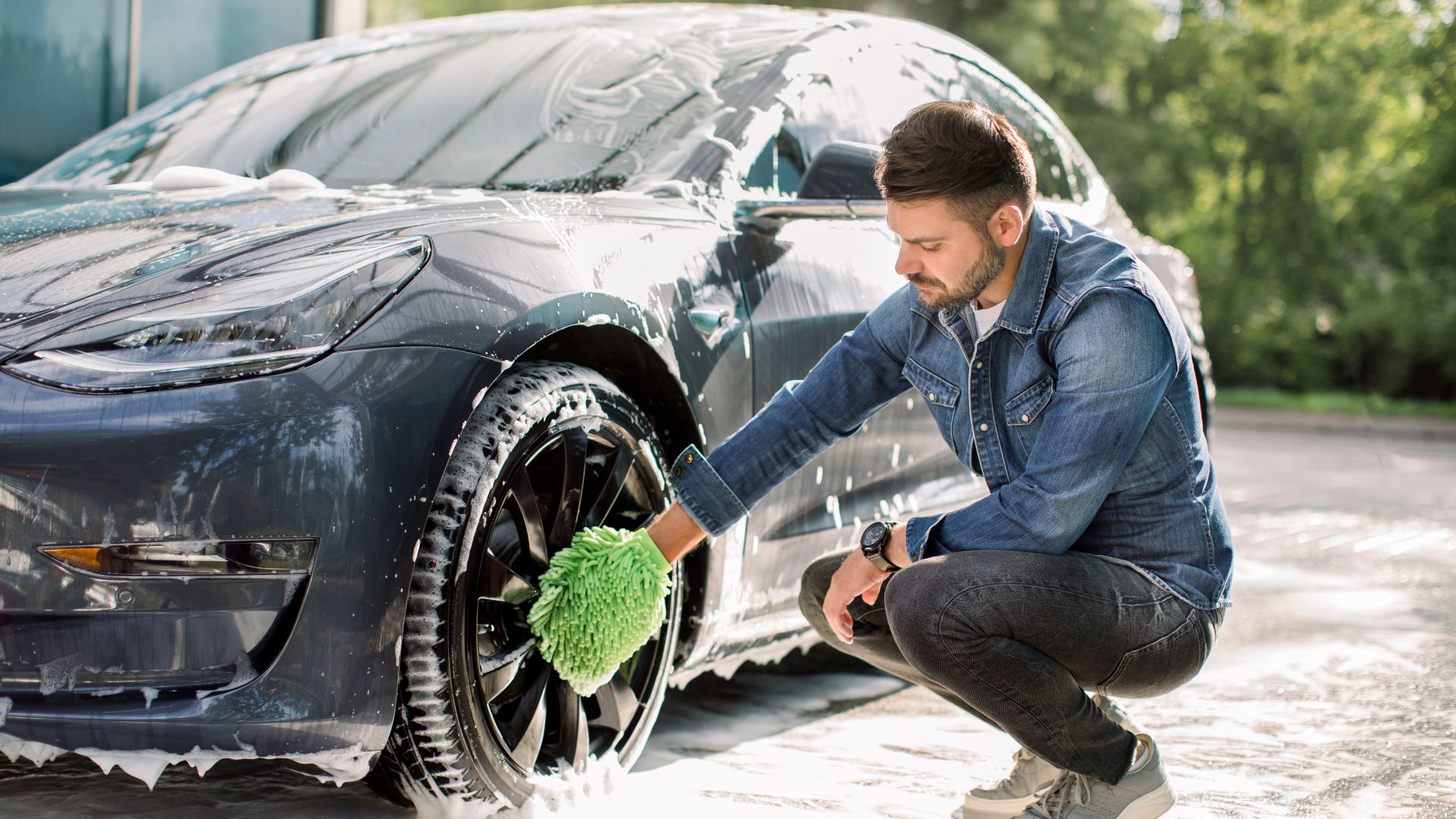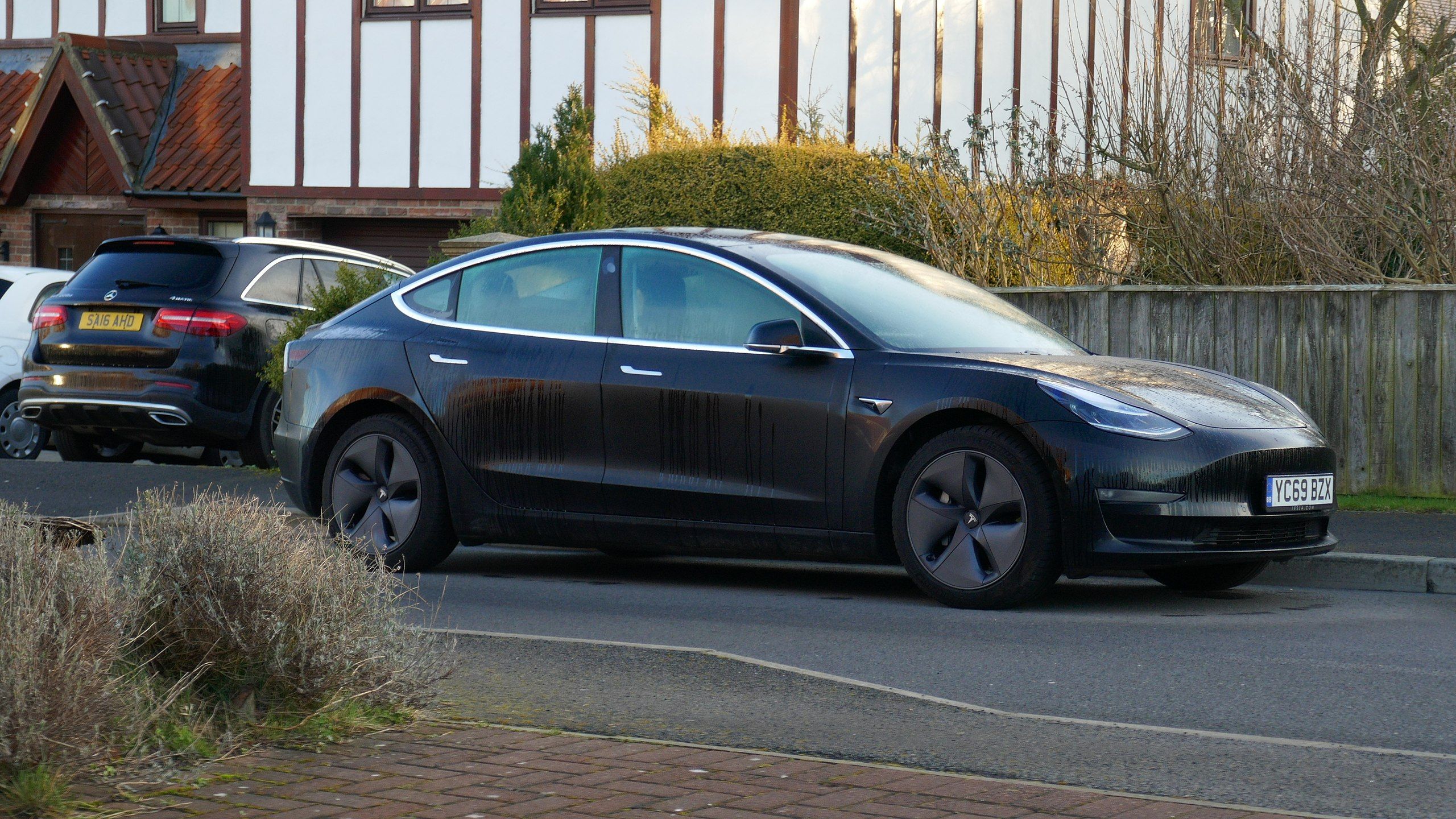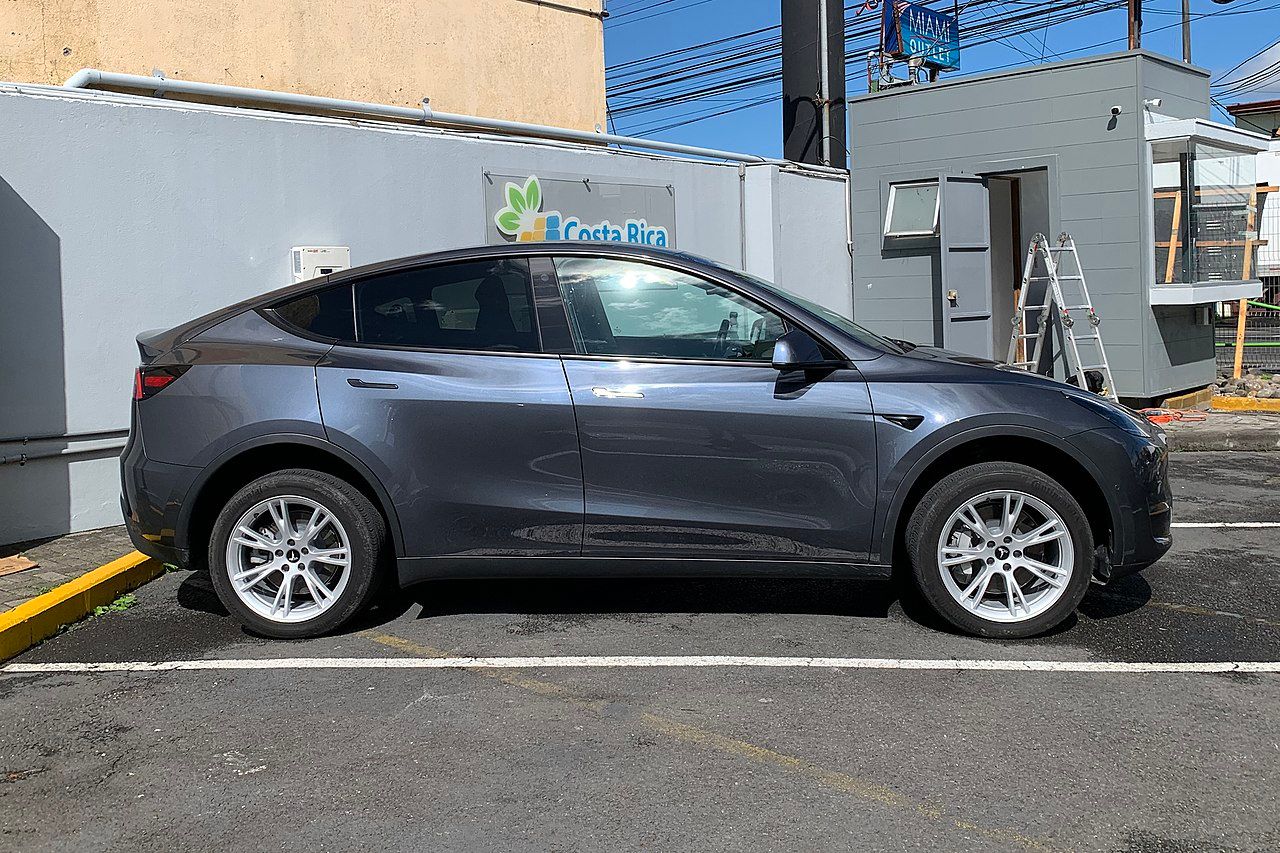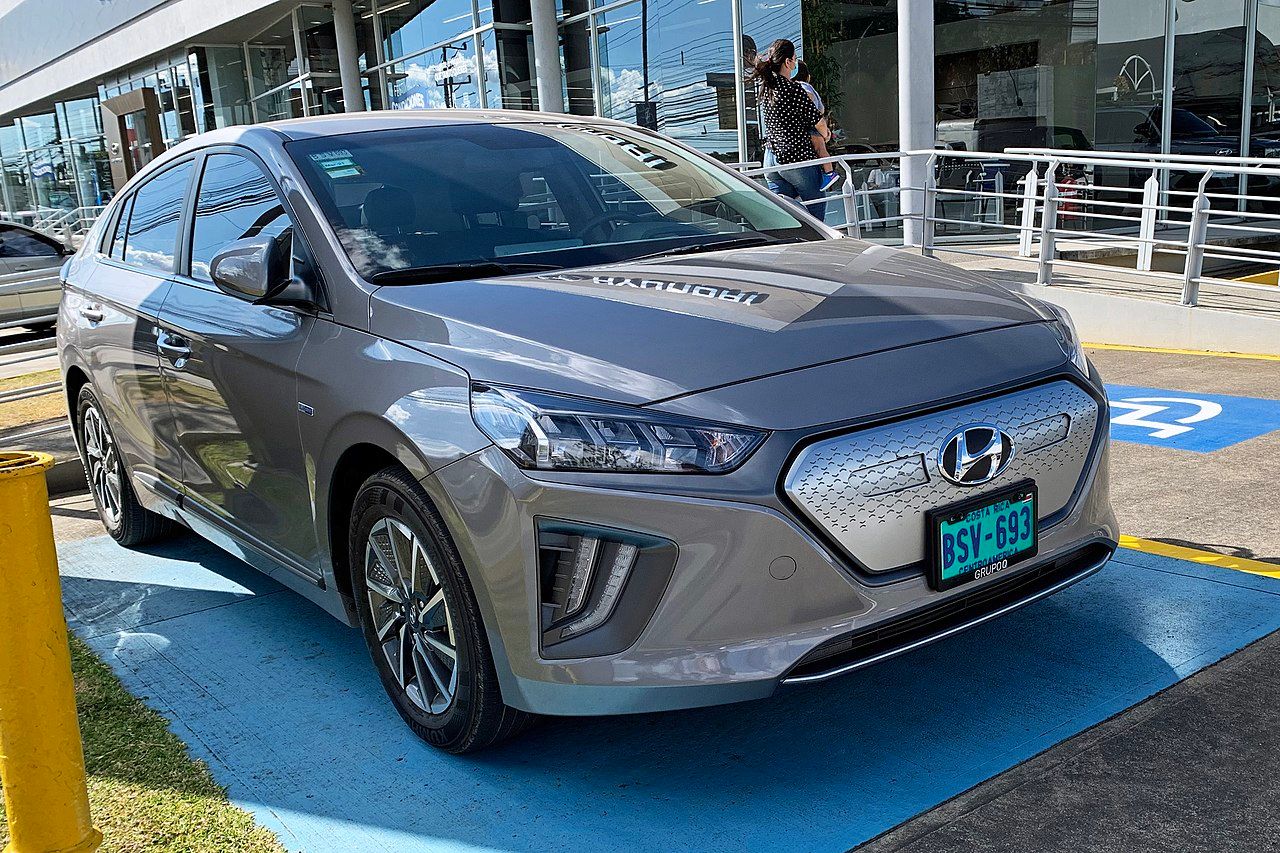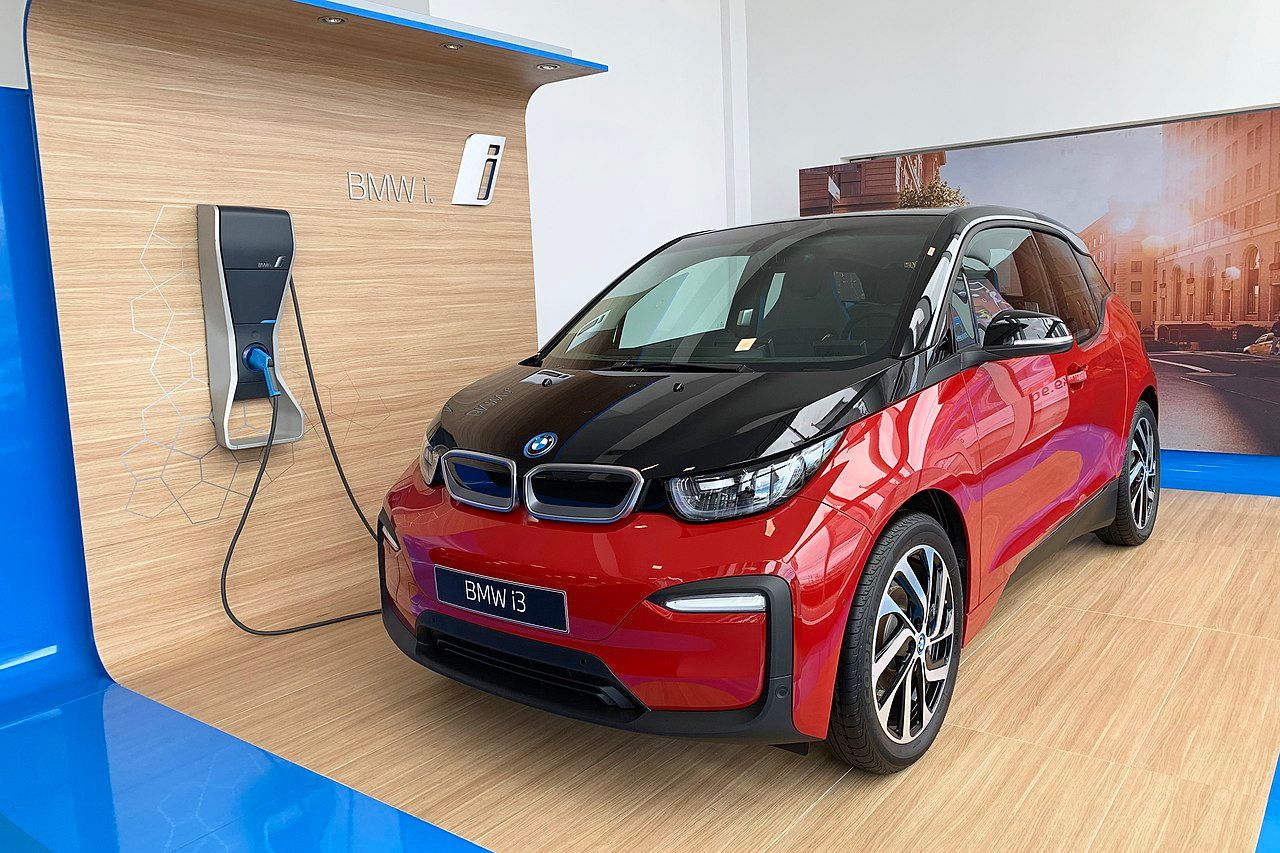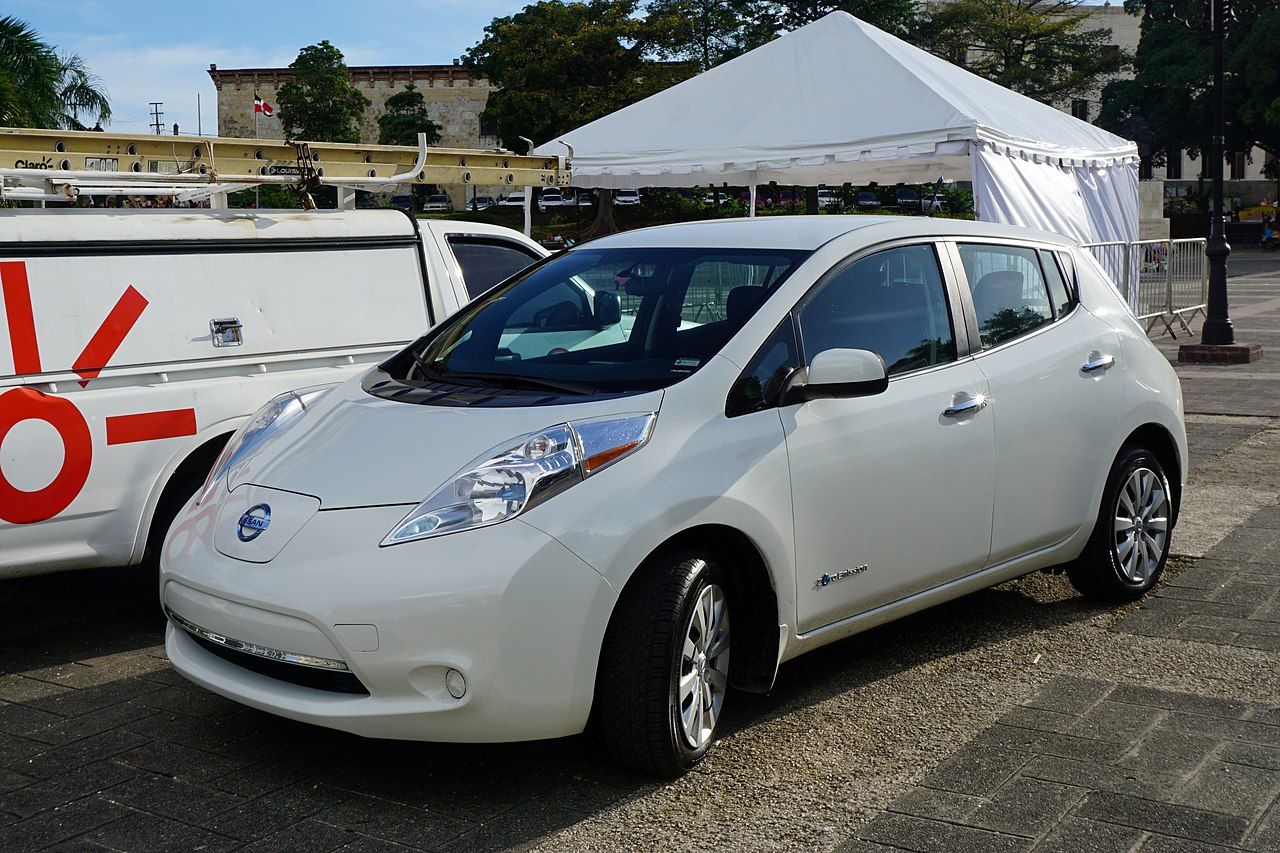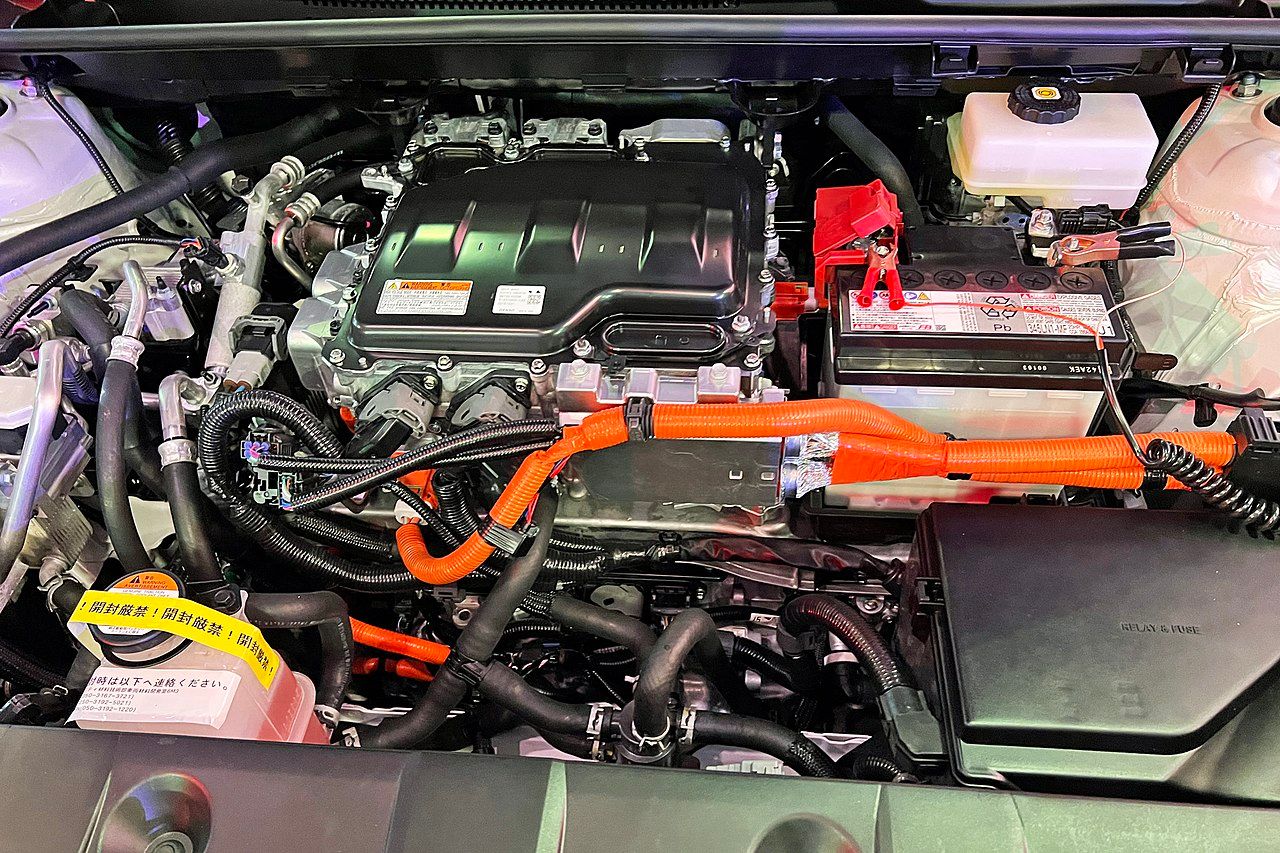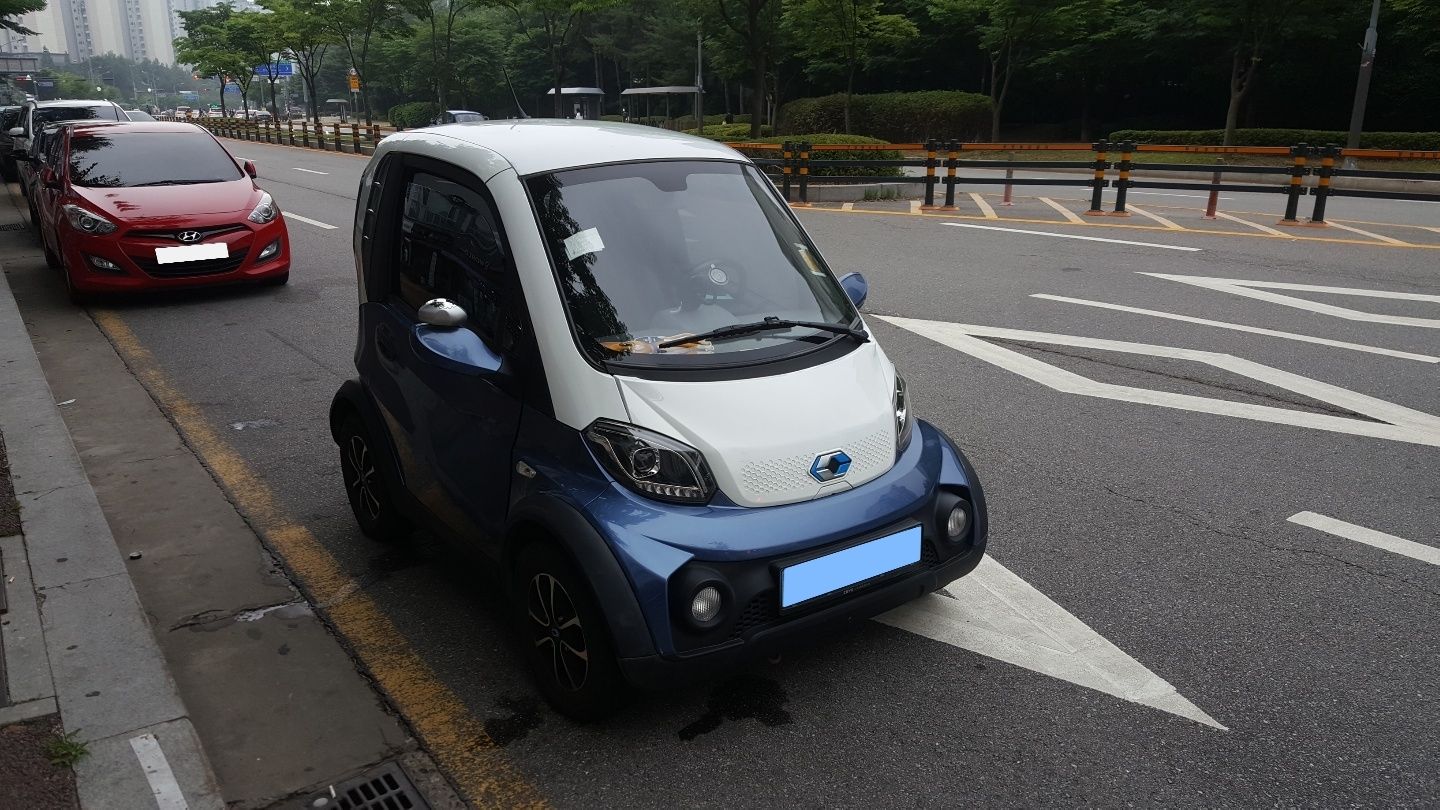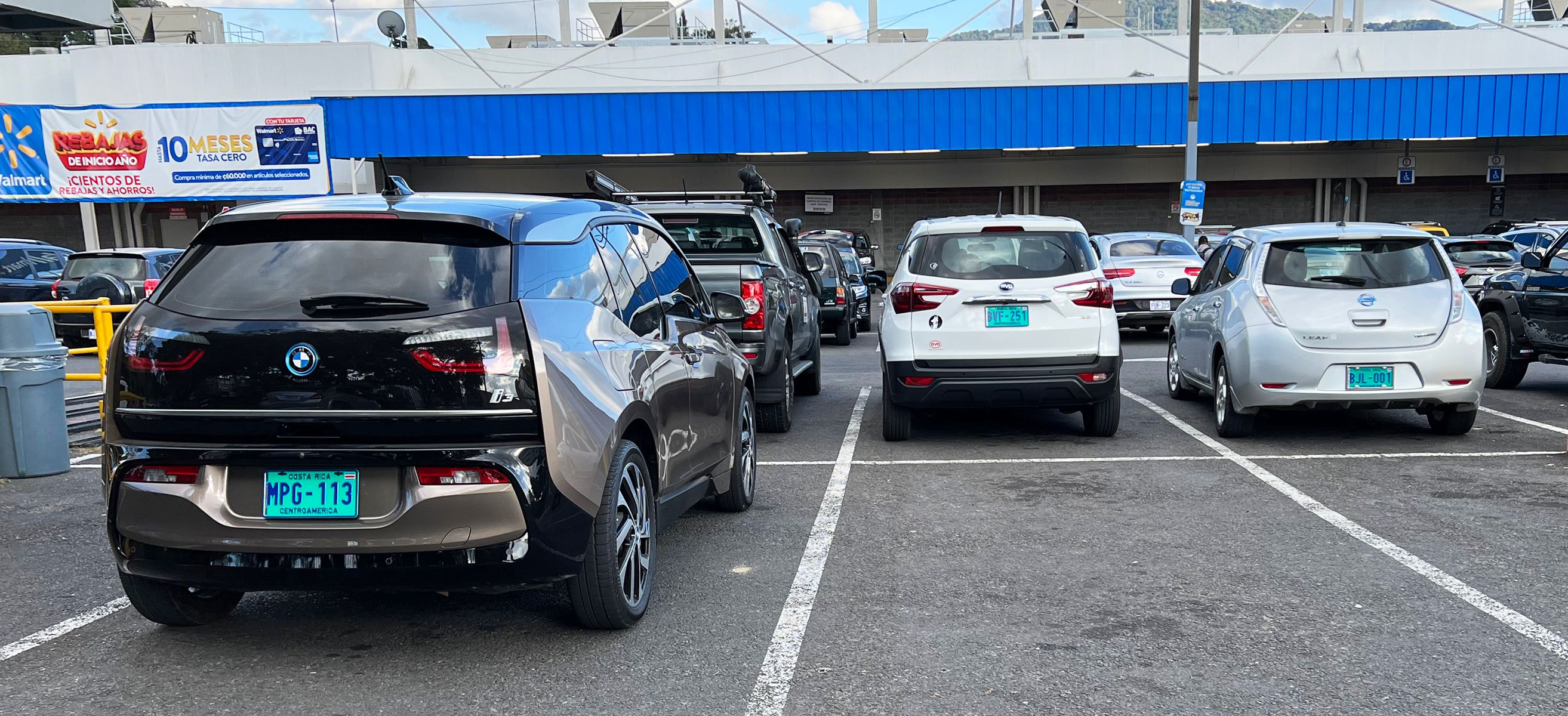Driving an electric car might be a ton of times easier than driving a gas-powered car, however, the maintenance is what generally proves to be trickier. The majority of electric car owners experience a hard time getting hang of maintenance methods. Though the nurturing of your electric vehicle isn’t vastly different from how you take care of conventional vehicles, certain things need a little extra care. Against popular belief, EV maintenance is not confined to just the battery. It's important to note that the tips listed down below apply to all but every electric car, however, some conditions may or may not be relevant for you depending upon the brand and model you own.
10 Watch Your Driving Habits
The electric vehicle concept has just risen from its infancy. Consequently, the way you drive needs to be gentler than how you would steer a gasoline or diesel car. Though not a rule of thumb, it’s recommended not to accelerate beyond 75 mph (120 km/h) for a longer duration as the battery tends to take a hit at higher speeds. In addition, constant fluctuations in speed are also known to take a toll on the health of your car’s battery. If you are faced with a situation when a feature of your car won't work, it's best to turn the car off and turn it back on instead of repeatedly tapping on the buttons. It happens a lot.
9 Tend To Your EV's Battery
The check-up and service cycle of an EV is not as frequent as fuel-based vehicles. However, in order to ensure that, you will need to take care of the power source of your EV. How the battery will hold up depends upon various factors including your driving style, charging sessions, weather conditions, and even your parking spot. The Battery Management System (BMS) is responsible for ensuring the safety of your EV's battery. The system monitors the State of Health (SoH), charging levels, and the response of the vehicle to different temperatures. A battery pack with a faulty BMS is prone to damage. Hence, at every service, you can specifically ask for it to be inspected. Since your car battery is just a scaled-up version of the lithium-ion (Li-ion) battery in your mobile phone, you can copy some of the battery-saving methods you use for your phones. Some suggestions that may improve the life include uniform charging, smooth driving, and deactivation of features not required.
8 Keep An Eye On The Fluids
Though you don’t have to deal with as many varieties of oils as in the case of ICEs, the cars still have a few to be attended to. The temperature tolerance of EVs has always been a subject of concern for owners. Hence, the coolant levels need to be in check to save the motor and adjoining parts from damages caused by excess temperature. In addition, it’s beneficial to know when your electric ride needs transmission and braking oil replacement. Another important liquid for your EV is screenwash or windshield washer fluid. The use of screenwash keeps the windshield scratch-free for a longer duration. Wipers with water alone don't remove the fine particles of dust, instead, rub them down on the windshield leading to unremovable scratches.
7 Improve The Way You Charge Your EV
This one is going to be a bit tough to follow for all those who are just switching from a conventional vehicle. Or, it simply just needs a little getting used to. Ideally, you ought not to charge your EV anytime you wish and however much you want because it’ll directly impact the durability of the battery. It’s scientifically suggested that juice levels in the battery should neither be too high nor too low. Avoid exceeding the gauge levels above 80- to 85-percent, if you are not going to hit the roads for a long journey. Lastly, some degree of vigilance would be good to keep it from plunging too low. Occasional inactivity is okay, however, when the car is kept un-driven for longer durations frequently, issues may crop up. That's not all, you must also refrain from fast charging. Though convenient, fast-charging is known to cause the battery capacity to diminish, hence effectively reducing the overall life.
6 Keep A Check On The Tires
In this case, you just need to follow the textbook instructions you got for gas vehicle tires. Despite almost all tire-related details being displayed on the dashboard, a regular visual inspection is a must. For most EVs, the recommended pressure lies between 32-36 psi (pound per square inch). Additionally, if you notice any sort of tilting while driving, it’s important that you get the alignment checked. Not only will the practice improve your driving experience, but it will also extend the life of the tires. It's recommended by experts to get the alignment and balancing checked every 5,000-7,000 miles. However, if you are big on off-roading, you might need to get the alignment done after every 3,000 miles.
5 Different Care Methods For Different Weather Conditions
It's not a myth, the weather actually decides what works best for electric-drive vehicles. The majority of weather-based care techniques for EVs remain the same as in the case of fuel-based vehicles, but the intensity of care is magnified. In colder weather, warming up in the morning is essential before the ride is taken on a spin. Get the thermal oil checked and replaced as needed to ensure that the parts don’t fall prey to thermal oxidation and degradation. Always keep in mind that an electric vehicle is more susceptible to high temperatures than a conventional vehicle. The batteries perform their best at 70 degrees. Temperatures, too high or too low, may result in diminishing power. The majority of recent EV models from brands such as BMW, Tesla, and Toyota are robust enough to promise a smooth drive even in unfavorable weather conditions. Even so, you must not go beyond 62 mph (100 km/h) and give extra pressure to the battery if the temperature is hot.
4 Take Care Of The Brakes
Against popular belief, EVs use break pads just like a conventional car does. And, the brake pads require an inspection from time to time. As a general rule, brake pads need replacement after every 10,000-15,000 miles. One suggestion: Never wait for the brake pads to wear out completely as in that case, it may cause damage to other components of the braking system even the tires. In addition, you will also need brake oil replacement at every service to ensure the brakes work effectively. Most EVs come with regenerative braking - a special braking system that helps in replenishing the battery bit by bit every time the driver hits the break. When you send your car for service, be sure to ask your mechanic to check the power generation capacity of the brakes. It may prove to be quite useful in the long run.
3 Change The Way You Wash Your EV
Your EV is more electronic, and less mechanical. As a result, you must know what areas are out of bounds while washing the car. Right off the bat, you should always look for electric car wash machines rather than gas-pressure washers. The lower high-level pressure helps in better cleaning. You might have seen washers cleaning the edges of the doors and boots with thin water streams. Though it might cause no problem four out of five times, the practice isn’t entirely safe - more so for EVs. Turn off all the automatic functions you might have on so that you are not bothered while washing the car. For example, the windshield wipers may automatically start sensing water on the windshield. Lastly, don't charge while washing or right after the wash.
2 Regular Inspection Is An Absolute Must
Well, you shouldn’t always wait until the next service to get the inspection done. Even a small clinking of metals can lead to big, costly damage. Address any problem you might be experiencing while driving immediately. It's advised by experts to keep a regular check on everything they can understand. The maintenance cost of an EV might not be as high, but if the issue makes its way to the motor or battery, you might need to shell out quite a lot. The average battery replacement cost in 2023 lies in the range of $4000 - $18,000. You can start by trying to understand your car's reaction to different conditions, roads, and speeds.
1 The Motors Need Some Attention, Too
The electric-drive vehicles have motors that don’t require as much care and regular maintenance. Owing to less number of moving parts, the motor is also less prone to wear and tear. What's better, engine oil is not a thing of need for you if you have an all-electric car (HEVs and PHEVs require engine oil). Despite all the positive aspects, the motor may still be vulnerable to rough weather conditions, and a number of other factors. High temperature, reckless driving, and water are the primary enemies that can take years off the motor's life.

